Refine listing
Actions for selected content:
2251 results in Cambridge Elements
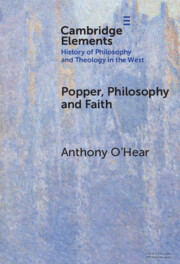
Popper, Philosophy and Faith
-
- Published online:
- 23 May 2025
- Print publication:
- 12 June 2025
-
- Element
- Export citation

Toward an Abolitionist Human Rights Court
- Rethinking Responses to Gendered and Racialized Violence
-
- Published online:
- 22 May 2025
- Print publication:
- 03 July 2025
-
- Element
- Export citation
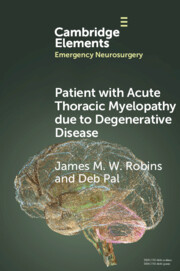
Patient with Acute Thoracic Myelopathy due to Degenerative Disease
-
- Published online:
- 20 May 2025
- Print publication:
- 19 June 2025
-
- Element
- Export citation
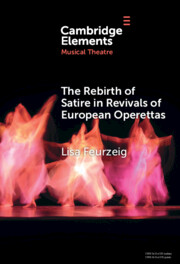
The Rebirth of Satire in Revivals of European Operettas
-
- Published online:
- 20 May 2025
- Print publication:
- 19 June 2025
-
- Element
- Export citation
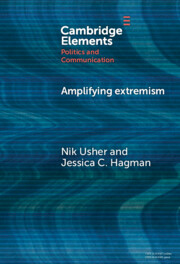
Amplifying Extremism
- Small Town Politicians, Media Storms, and American Journalism
-
- Published online:
- 19 May 2025
- Print publication:
- 12 June 2025
-
- Element
- Export citation
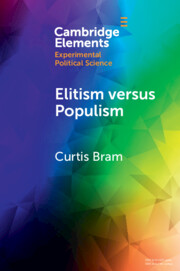
Elitism versus Populism
- Experiments on the Dual Threat to American Democracy
-
- Published online:
- 19 May 2025
- Print publication:
- 12 June 2025
-
- Element
-
- You have access
- Open access
- HTML
- Export citation

Protest and Policy in the Iraq, Nuclear Freeze and Vietnam Peace Movements
-
- Published online:
- 19 May 2025
- Print publication:
- 19 June 2025
-
- Element
- Export citation
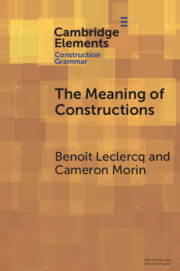
The Meaning of Constructions
-
- Published online:
- 16 May 2025
- Print publication:
- 22 May 2025
-
- Element
- Export citation

Data-driven Learning in and out of the Language Classroom
-
- Published online:
- 16 May 2025
- Print publication:
- 12 June 2025
-
- Element
- Export citation

Poverty in Latin America
- Feelings/Perceptions vs Material Conditions
-
- Published online:
- 15 May 2025
- Print publication:
- 12 June 2025
-
- Element
-
- You have access
- Open access
- HTML
- Export citation
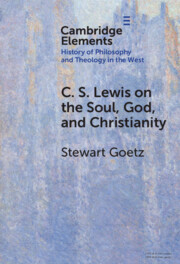
C. S. Lewis on the Soul, God, and Christianity
-
- Published online:
- 12 May 2025
- Print publication:
- 05 June 2025
-
- Element
- Export citation
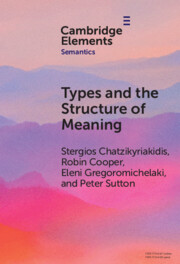
Types and the Structure of Meaning
- Issues in Compositional and Lexical Semantics
-
- Published online:
- 12 May 2025
- Print publication:
- 05 June 2025
-
- Element
-
- You have access
- Open access
- HTML
- Export citation
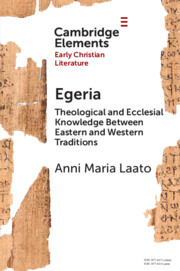
Egeria
- Theological and Ecclesial Knowledge Between Eastern and Western Traditions
-
- Published online:
- 12 May 2025
- Print publication:
- 05 June 2025
-
- Element
- Export citation
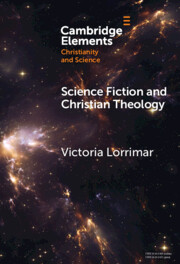
Science Fiction and Christian Theology
-
- Published online:
- 06 May 2025
- Print publication:
- 29 May 2025
-
- Element
- Export citation
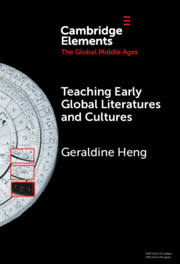
Teaching Early Global Literatures and Cultures
-
- Published online:
- 05 May 2025
- Print publication:
- 29 May 2025
-
- Element
- Export citation
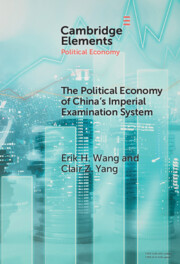
The Political Economy of China's Imperial Examination System
-
- Published online:
- 05 May 2025
- Print publication:
- 29 May 2025
-
- Element
-
- You have access
- Open access
- HTML
- Export citation
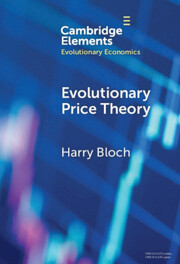
Evolutionary Price Theory
-
- Published online:
- 05 May 2025
- Print publication:
- 08 May 2025
-
- Element
- Export citation
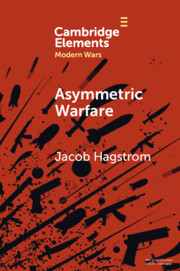
Asymmetric Warfare
- Politics and Cultures of Violence in the Modern Era
-
- Published online:
- 05 May 2025
- Print publication:
- 08 May 2025
-
- Element
- Export citation
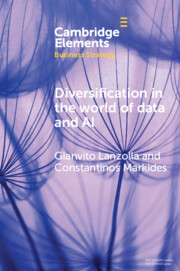
Diversification in the World of Data and AI
-
- Published online:
- 05 May 2025
- Print publication:
- 04 September 2025
-
- Element
- Export citation

Insularity and Identity
- Prehistoric Britain and the Archaeology of Europe
-
- Published online:
- 05 May 2025
- Print publication:
- 29 May 2025
-
- Element
- Export citation
